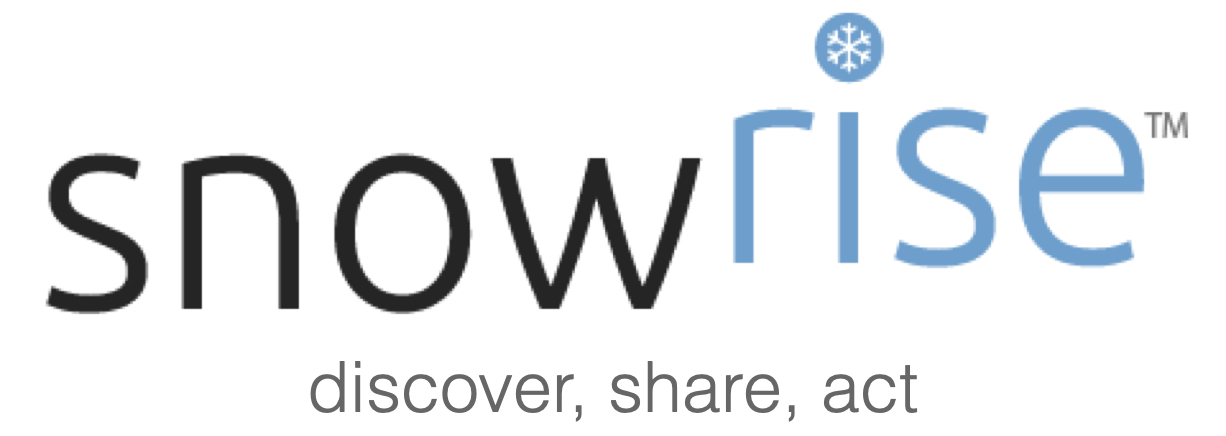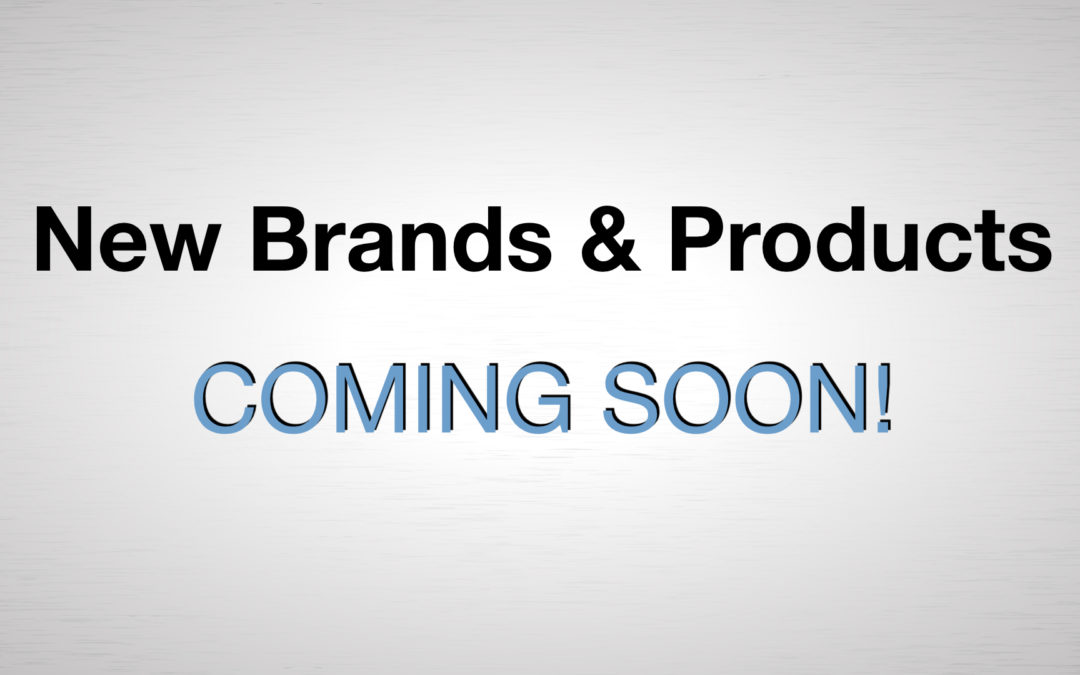Whether it’s the 1st store or 1,000th, it’s always exciting when your brand appears on the shelf at a new store. A great feeling indeed, however, it’s critical that shoppers at that store start buying your products to solidify your brand’s position, win over store management, and improve your chances of securing primo shelf space. Unfortunately, planning ahead for store launches is difficult because they don’t happen when planned or they occur at stores you didn’t even know were considering your products.
To help you make an immediate and positive sales impact, we pulled together the below list of tips. These tips can be implemented between two hours and two weeks. While each option may not work for every brand and for every store, they provide a great start.
1. Website Updates
a. Update your Store Locator. Shoppers do use them.
b. Add a Banner at the top of your site announcing the new store, especially if it’s your first store in a city, state, or with that retailer.
2. Social Media Updates
a. Post/tweet/etc… wherever you have an account. Let your Followers know exactly where to find your products (ex. address, store aisle). Have fun with it!
b. Include product pictures. If your Followers Like/Comment/Share your post, you’ll want to make sure their Followers can recognize your products from across the store (or at least from 10ft away).
c. Mention any store promos in your post. Focus on the discount (20% Off, $2.00 Off), not the promo price point.
d. If the retailer/store has a following (ex. @Wegmans), include it in your post. This extends your reach to those associated to the store.
3. Newsletter Announcement
a. Add the store to your newsletter. Add a designated section for making store announcements if you don’t already have one.
b. If you’re savvy, link the store name in your newsletter to a URL that will take readers to your Store Locator (see #1 above).
4. Manufacturer’s Rebate Coupons (aka. IRCs)
a. Ask the store if they’d be willing to put them on the retail units. For first time products, some stores will do this. Just remember to find out to whom you should send the envelope with the coupons.
b. For nearby stores, do it your self and educate the team at the store on your brand on products.
5. Active and Passive Demos
a. If you have a demo rep in the area and the financial means, touch-base with the store and demo rep to schedule active demo(s) during the store’s high-traffic days and times.
b. If an active demo won’t work, ask the store if they’ll support a passive demo, what they need for it, and their procedure for passive demos. Don’t hesitate to dive deep on this last point because it won’t help your brand if products are presented incorrectly and/or samples don’t make it to the shoppers.
c. If possible, perform the demo yourself or have an employee do it. Shoppers love to interact with the brand’s employees (and it gives you a great chance to get direct feedback).
6. Store & Local Event Participation
a. Include your products in any upcoming store events. If your brand and product fits the theme, you’ll have the right audience.
b. Other events near the store also provide opportunities to build traction. These could be neighborhood or local business events that fit the theme of your brand. A little research can go a long way.
7. Paid Advertising Options
a. Google AdWords and Facebook Ads are two options that allow you to advertise immediately, on a limited budget, and local to the store. You can also target specific interests to narrow down the audience. Review our Facebook Ads blog to find out more about how it works.
Congratulations on your new store! Let’s make it a permanent store.


Recent Comments